Abolitionist and suffragist Harriet Tubman, perhaps the most famous conductor for the Underground Railroad, engineered her first rescue mission in December of 1850. The exact date is unknown.
Tubman, who had escaped slavery on the Eastern Shore of Maryland in Sept. 1849, was living “nominally free” in Philadelphia, where she worked as a domestic and a cook but had to guard against slaveholder efforts to retrieve their so-called property from northern states, according to Tubman biographer Kate Clifford Larson.
While in Philadelphia, Tubman learned that her niece, Kessiah Jolley, and Kessiah’s two young children, James Alfred and Araminta, were to be auctioned off at the Cambridge, Maryland, courthouse. Tubman traveled to Baltimore and worked with Kessiah’s husband, a freed man named John Bowley, on a plan to liberate Kessiah and the children.
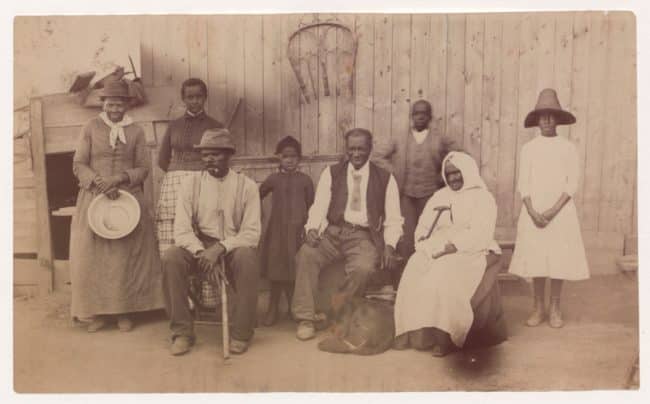
Left to right: Harriet Tubman; Gertie Davis (Tubman’s adopted daughter); Nelson Davis (Tubman’s husband); Lee Cheney; “Pop” Alexander; Walter Green; Sarah Parker (“Blind Auntie” Parker) and Dora Stewart (granddaughter of Tubman’s brother, John Stewart). Photo by William Cheney. Source Schomburg Center for Research in Black Culture
The successful plot involved Bowley surreptitiously outbidding everyone else and then spiriting away Kessiah and the children before the auctioneer could figure out he had been tricked. Bowley, a skilled boatman, took Kessiah and the children to Baltimore, where Tubman hid them for several days before taking them to Philadelphia.
In all, says Larson, Tubman conducted about 13 rescues in which she led about 70 people enslaved on the Eastern Shore to freedom in the north, risking her own life and freedom each time. Tubman also served as a nurse, cook, scout and spy for federal forces during the Civil War, and Larson notes that she was “the first American woman to lead an armed raid into enemy territory” as she guided Union troops up the Combahee River in South Carolina to destroy Confederate stockpiles of weapons, food and cotton, and free more than 700 enslaved African Americans.
Description submitted by Michael Knepler, based on text from Bound for the Promised Land: Harriet Tubman, Portrait of an American Hero by Kate Clifford Larson and the companion website Harriet Tubman Biography.
Find more resources on Harriet Tubman and the Abolition movement below.

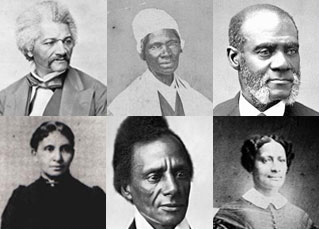
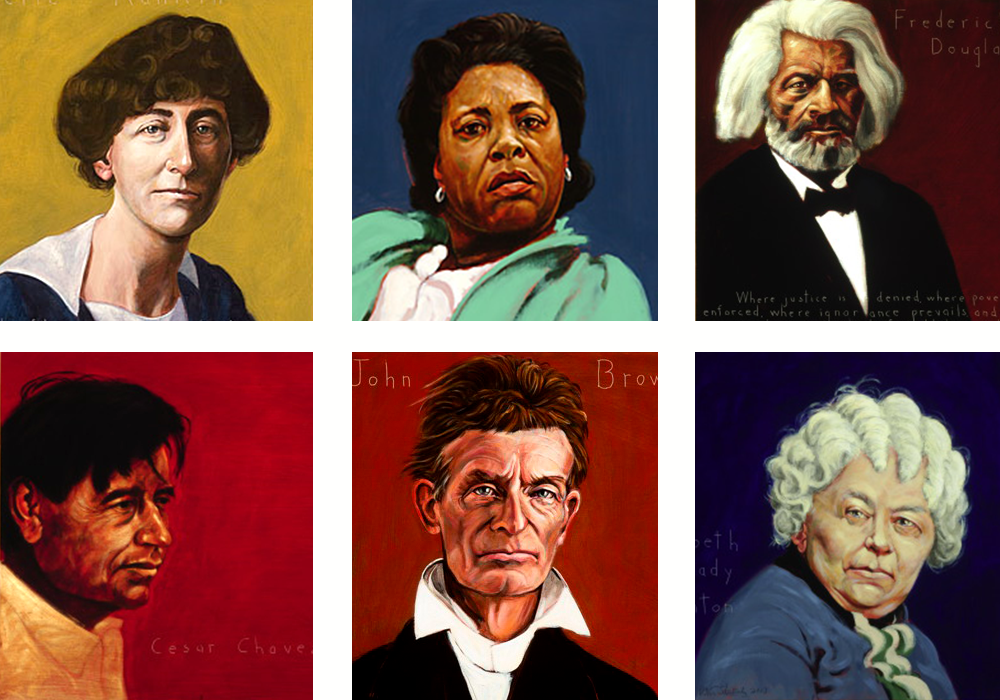
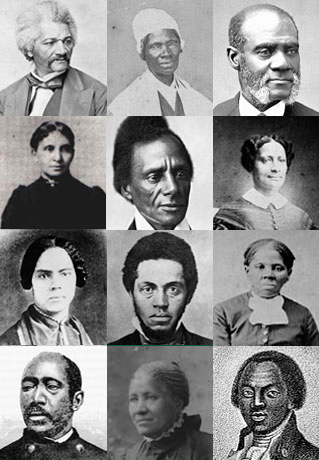
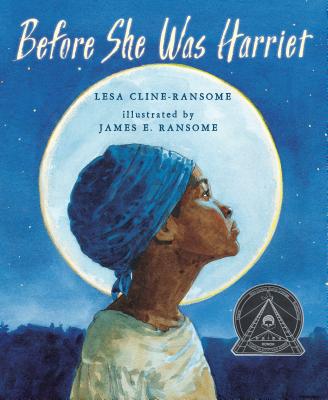

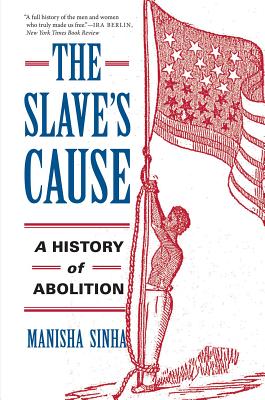
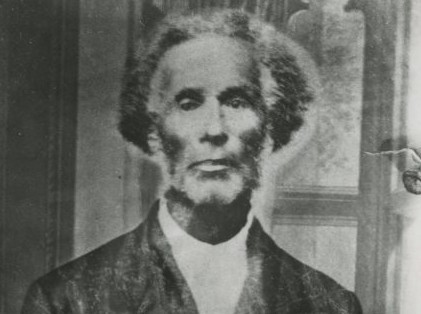
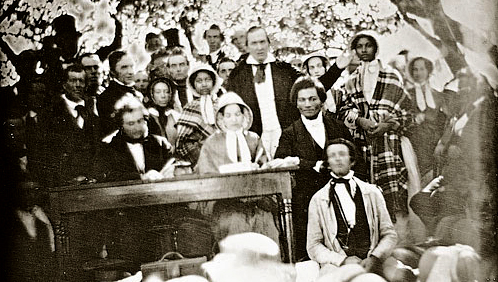
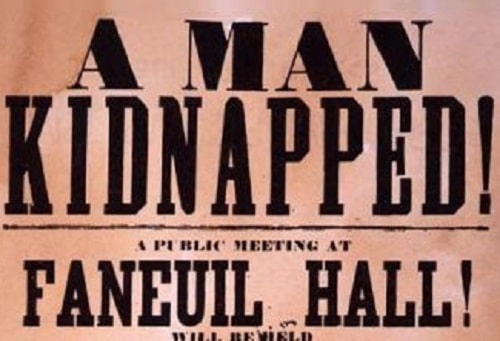
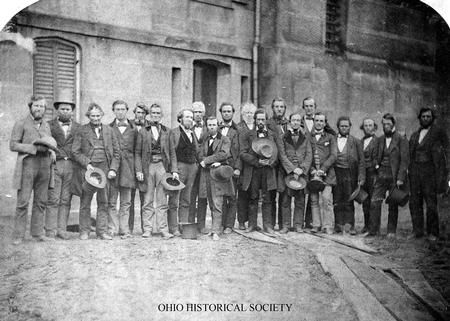
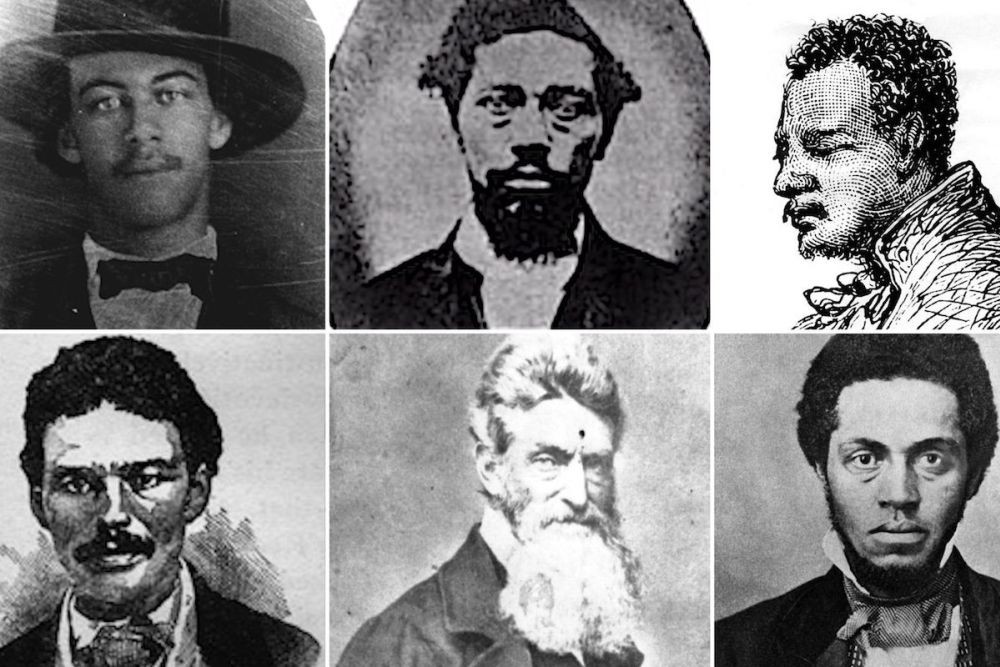
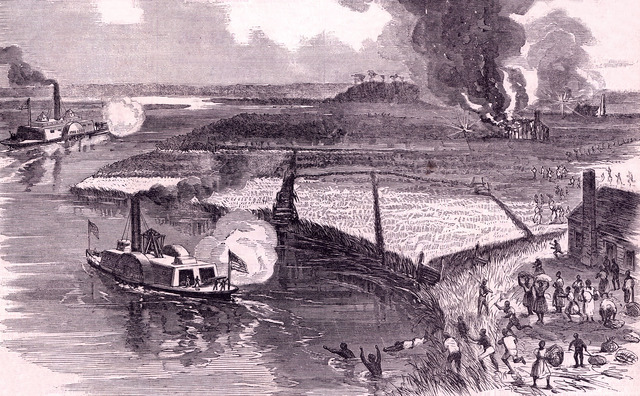





Twitter
Google plus
LinkedIn